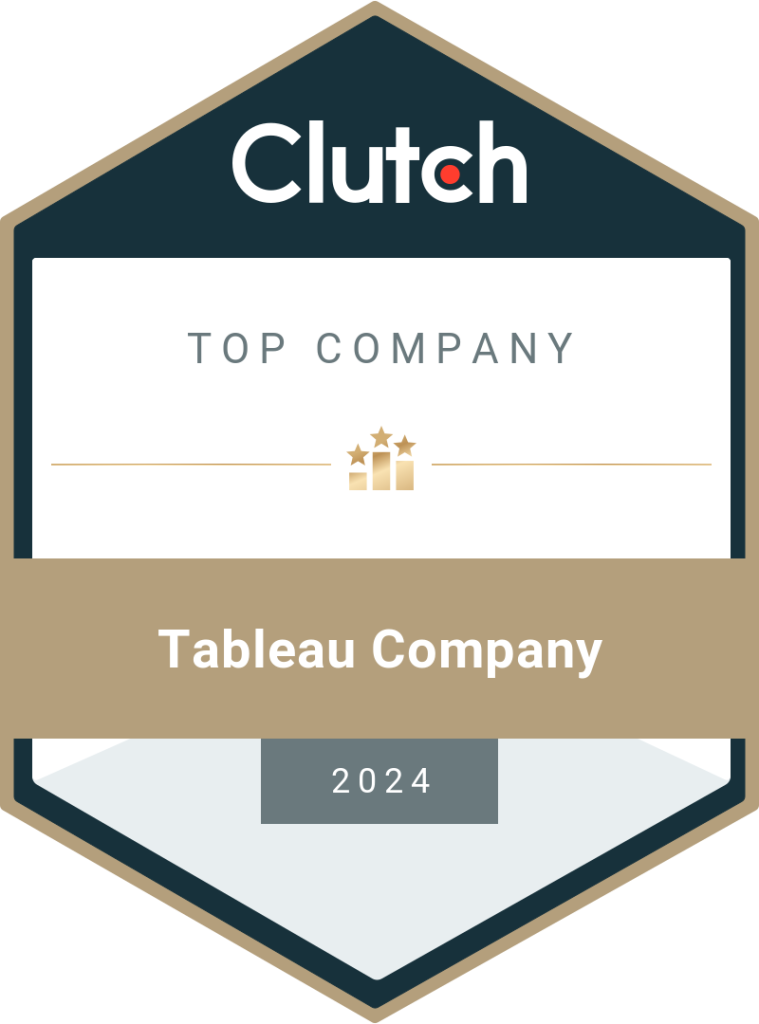Startup Fundamentals Checklist : 11 Essentials New Businesses Need to Get Right!
Establishing a startup is much more than naming a business and pitching to people in your network. It is a long-term commitment and needs proper planning. Here, we’ll discuss various aspects of setting up a business and the startup fundamentals checklist to help you plan ahead. Entrepreneurship and startups have gained prominence in recent years. Many youngsters and experienced professionals are taking the risk of establishing their own businesses instead of working for others. This is a great development as it creates more job opportunities and keeps the market healthy with new competition. According to Small Business Trends, only two out of five startups turn profitable, while one in three could break even and one in three could end up in losses. Running a startup is not easy and requires a lot of planning (and funding) along with experience and support from different parties. Many people ask if they can start a startup alone. It is certainly possible, but it is also important to find third-party partners to sustain the business and survive market competition. Following a fundamental checklist will help create the initial plans and give you a clear idea of what needs to be done to establish and run a startup. Let’s find out more about the startup fundamentals in this blog. What are the Essentials for Starting a Business- Startup Fundamentals? So, what are the fundamentals of startup? What is required for a startup to become successful? Let’s find out. 1. Business Plan A business plan is a detailed document with information about your startup, like the idea, industry, goals, expectations, potential investors, target markets, etc. It is a roadmap you draw to convert your ideas into actions. So, why does every startup needs a business concept statement? Because a business cannot run for long on vague ideas and random decisions. Moreover, if you apply for a loan or pitch the business to investors, they ask for a business plan to make their decision. It is a compulsory document for many fundraisers. But how do you create a business plan? Is there software for it? Yes! Business plan software can be used for this purpose. The software helps refine your ideas and structure them into a polished plan that will appeal to investors and banks. However, you can create one from scratch by following the existing templates. The following are the common elements to include in a business plan: As you can see, much of this requires serious effort from entrepreneurs. You can save time by investing in data analytics in startups to gather the required information. This also ensures that your business plan is data-driven and based on solid groundwork. 2. Cost Estimation Another important part of startup fundamentals is budget. What are your financial prospects? How much will it cost to establish the startup? How much working capital do you need to run it? What salaries will you pay? Can you buy the latest tools? What kind of funding will you require? These are just some questions you need to answer when estimating the cost of a startup. These calculations should be ready long before the startup opens. Use budget templates meant for startups or small businesses to plan your finances. Additionally, don’t rely only on outsiders to raise funds. You should have enough money saved to pay for the initial foundation work, like creating a business plan, pitching the idea to investors, getting expert opinions from financial and legal advisors, etc. How you set up a startup also depends on how you plan and manage money. Opt for small business loans and angel investors instead of mortgaging your existing properties. Many legitimate platforms allow entrepreneurs to run crowdfunding campaigns. This helps in generating funds and assessing the viability of your business idea. 3. Researching a Managed Service Partner Though you have yet to register and run the startup, you have the necessary information to determine the business operations. This will give you an idea to search for a budget-friendly managed data analytics provider for collaboration. The company can also help create the business plan, plan daily operations, build the IT infrastructure, and manage it to reduce downtime. In short, you not only gain access to data-driven insights but can also rely on an expert to manage your business system end to end. 4. Registering the Startup Another crucial part of the basics of startup essentials is the registration process. This depends on the geographical location of your business, the industry standards and requirements, etc. It is recommended to hire a professional to oversee the registration to avoid last-minute complications. For example, some business models require additional permissions and documents. The owners may have to sign certain agreements which could clash with their existing jobs (if any). This can be risky if you are working for a company and want to build a startup simultaneously. In such instances, you should select a model with more relaxed terms and conditions. 5. Finding the Right Business Model As mentioned above, the business fundamentals checklist includes the type of structure/ partnership you want in your startup. This also determines how you get your funds or approach investors. By default, the business models are categorized as below: Study each model carefully and choose the best one for your startup. Take expert advice and consider your long-term goals. 6. Naming the Startup Giving a good name for your business may not seem like a big deal to some, but it is! That’s why it is listed as one of the fundamentals of a business. The name you choose becomes your brand image and identity. Make a list of all your ideas and suggestions from others. Analyze the names to see if they suit the business idea and convey a message to the target audience. If you wish to trademark the business name, it should comply with certain criteria, which will be available on the official website. Moreover, the name should be easy to pronounce, spell, and recollect. Go through
Read More






